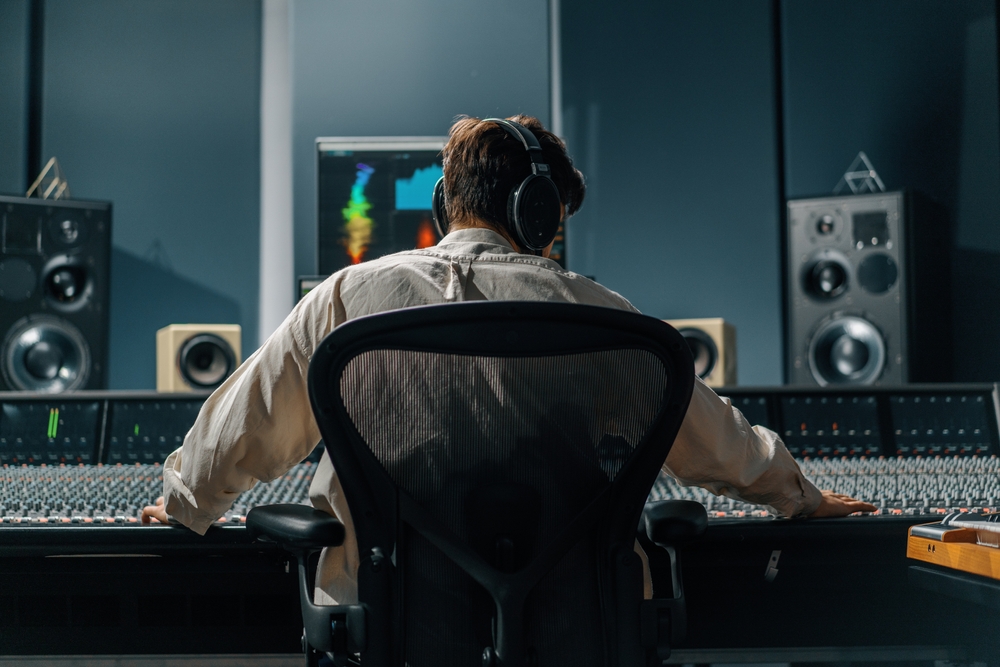In the realm of audio production, mixing and mastering are two critical processes that play pivotal roles in shaping the final sound of a track. While these terms are often used interchangeably, they represent distinct stages in the audio production change, each with its unique set of objectives and techniques. Let’s dive into the key differences and unpack the crucial roles they play in creating a polished and professional-sounding final product.
Mixing: Crafting the Sonic Landscape
Mixing is the art of blending individual tracks to create a cohesive and balanced sonic experience. It involves adjusting the levels, panning, and equalization of each element within a mix. The goal is to achieve clarity, separation, and a sense of dimensionality in the sound.
During the mixing process, audio engineers work on:
- Balancing Levels: Adjusting the volume levels of each track to create a blend where no element overpowers the others.
- Panning: Placing individual elements within the stereo field to create space and depth.
- Equalization (EQ): Shaping the frequency balance of each instrument to enhance its tonal characteristics and prevent clashes.
- Compression: Controlling the dynamic range of individual tracks to ensure a consistent and polished sound.
- Adding Effects: Incorporating reverb, delay, and other effects.
The primary goal of mixing is to create a balanced and sonically pleasing mix that highlights the unique qualities of each instrument.
Mastering: Polishing the Final Product
Mastering takes place after the mixing stage and is the last step in preparing a track. It involves fine-tuning and optimizing the mix to ensure it translates well across various playback systems and meets industry standards. The mastering engineer works on the entire mix rather than individual tracks, focusing on the overall sonic cohesion and preparing the music for its final release.
Key tasks during mastering include:
- Final EQ Adjustments: Fine-tuning the overall frequency balance to address any lingering tonal issues and ensure a consistent sound across the entire project.
- Dynamic Processing: Applying multiband compression and limiting to control the overall dynamic range.
- Sequencing: Arranging the order of tracks in an album to create a cohesive listening experience.
- Format & Metadata: Preparing the audio for different distribution formats and adding track names and album information.
- Quality Control: Carefully listening for any issues that may have been overlooked in the mixing stage.
Find Out More
If you or someone you know is looking for a reputable and capable studio to mix and master their tracks, count on Sikk Sounds Productions. In addition to mixing and mastering services, we also offer an array of discounted beat samples ranging from hip-hop to rock and dubstep sample packs to help you get started!
Check out our website or reach out to us directly to find out more about our range of services and what our team of expert engineers can do for any music project you’re currently creating. We are here to help your tracks sound their best with the latest insight and equipment.





